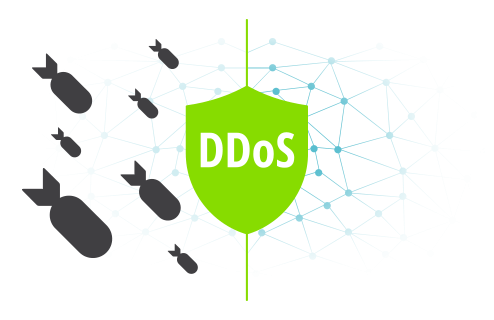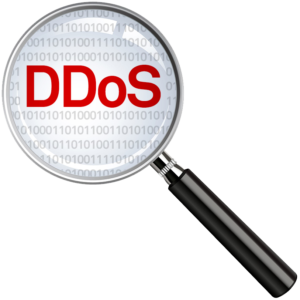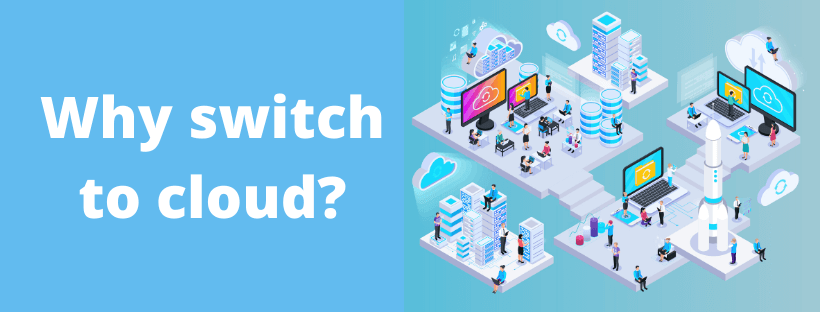What are DDoS attacks?

A DDoS attack or a Distributed-Denial-of-Service attack is when an online service is flooded with traffic from various sources in an attempt to make that service unavailable to its users. The attackers corrupt and exploit multiple computer systems and networked devices (such as IoT devices) by infecting them with malware that turns these devices into bots (not unlike zombies). A group of accordingly converted bots forms a botnet that becomes the attacker’s ultimate traffic force. Using this traffic force an attacker can send false traffic that clogs up the pathways for usual traffic to get to the service destination.
There are several types of DDoS attacks:
- Application attacks- They target merely an aspect of the application or service, making it vulnerable even to the lowest of false traffic sent by a minimum of devices.
- TCP Connection attacks- These attacks target all the connections to infrastructure devices such as firewalls, and corrupt devices that are resilient to even millions of connections.
- Volumetric attacks- They corrupt the bandwidth within the target service or between the target service and the rest of the internet.
- Fragmentation attacks- This type of attacks sends TCP or UDP fragments to a target service, affecting it’s ability to re-assemble the streams. This causes a deterioration in performance.
Preventing DDoS attacks

DDoS Protection as a Service
The most effective way of gaining protection over DDoS attacks are by utilizing DDoS protection services, like DDoS protected IPs, DDoS tunneling. At CloudCone, we offer clients the ability to win over DDoS by utilizing DDoS protected IPs
By using a VPN
A VPN or Virtual Private Network ensures anonymity of a user online. It hides IP addresses and makes it almost impossible for hackers and attackers to find you. When it comes to DDoS attacks, the IP address is a major tool for the attackers. With the aid of a VPN, a potential victim is able to keep away from all kinds of attackers and their “sniffer” programs, that they use for tracking.
By creating a null route (Blackhole route)
Using a null route you are able to deal with all the excess unnecessary and potentially harmful traffic by channeling them to a different path from your usual healthy traffic. With proper implementation of restriction criteria, you will be able to filter the bad traffic and separate them, sending them completely out of the network.
By using an Anycast network
An Anycast is able to diffuse all your traffic to multiple nodes depending on the size of the requests and the capacity of the nodes to process these requests efficiently. Simply these networks can channel a request to the closest node that has the capacity to process this request. For this reason, it is essential to put together an efficient Anycast network with high capacities if you want to be able to deal with excess traffic easily.
Through rate limiting
The ability to limit the rate of traffic accepted by a server over a specific period of time could help manage some of the feeble DDoS attacks that come your way. However, more complex DDoS attacks are not easily handled by rate limiting; But to keep DDoS attacks of various scales from overwhelming your website frequently, rate limiting is a good precautionary step.
By using a buffer
Use a buffer application to help manage all the traffic your website might receive. Do a necessary amount of checks to figure out how much traffic your website can take based on your service provider’s capability and take steps to upgrade if necessary. The key here is to always analyze the traffic you normally receive and be on the lookout for much more traffic and take action accordingly.
Through proper surveillance
Being alert about how your website responds to your actions is key when it comes to preventing DDoS attacks from harming your website. If you notice poor performance, take caution and take action. Setting up Google Analytics can be a huge benefit when it comes to tracking poor performance and speculating reasons with its intelligence reports and server alerts.
By staying on the safe side
In other words, don’t invite trouble. If you see your website’s reputation being met with negative comments don’t interfere aggressively. Avoid giving potential threats the incentives or challenges that they are looking for. A good pointer is to keep your website as far away from unnecessary attention as possible.
Statistics show that more than 2000 DDoS attacks take place worldwide, each day. Studies have proven that 1/3 of all downtime incidents are caused by or can be in some way attributed to DDoS attacks. The one conclusion this gives us is that DDoS attacks are threatening and that they are very common today. These are a few tips to create awareness and keep you safe. Good luck and reach out to us if you have any concerns, suggestions or general feedback.







About The Author: Anu
Content Strategist at CloudCone LLC.
More posts by Anu